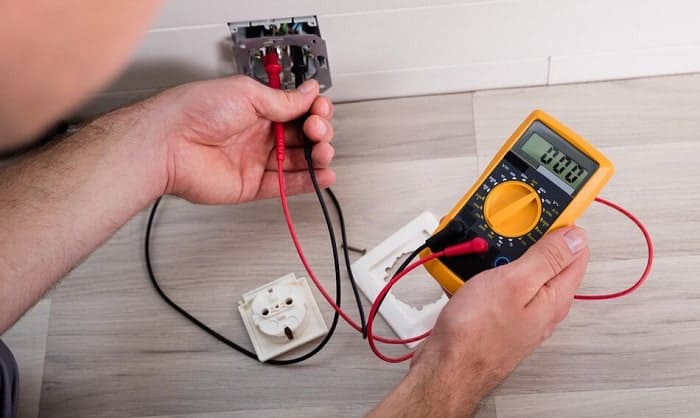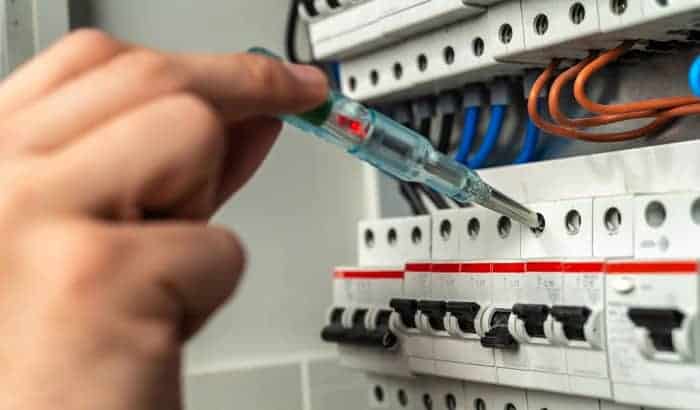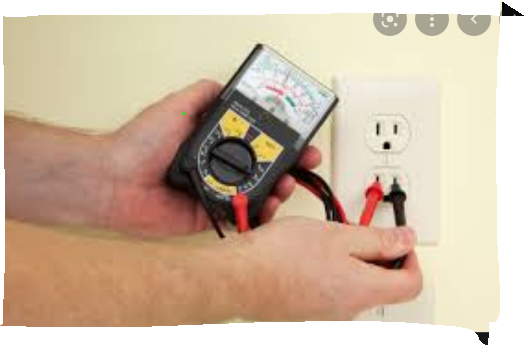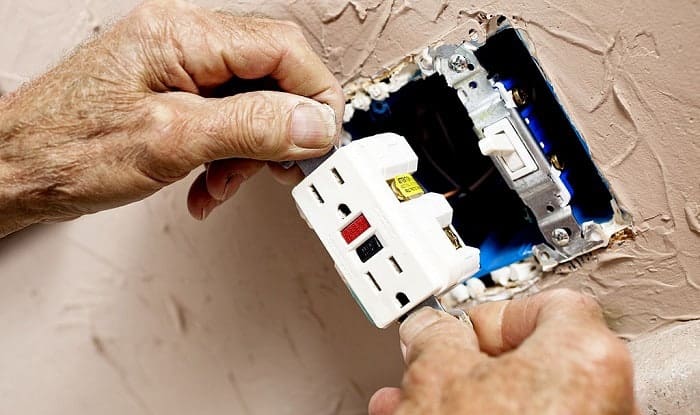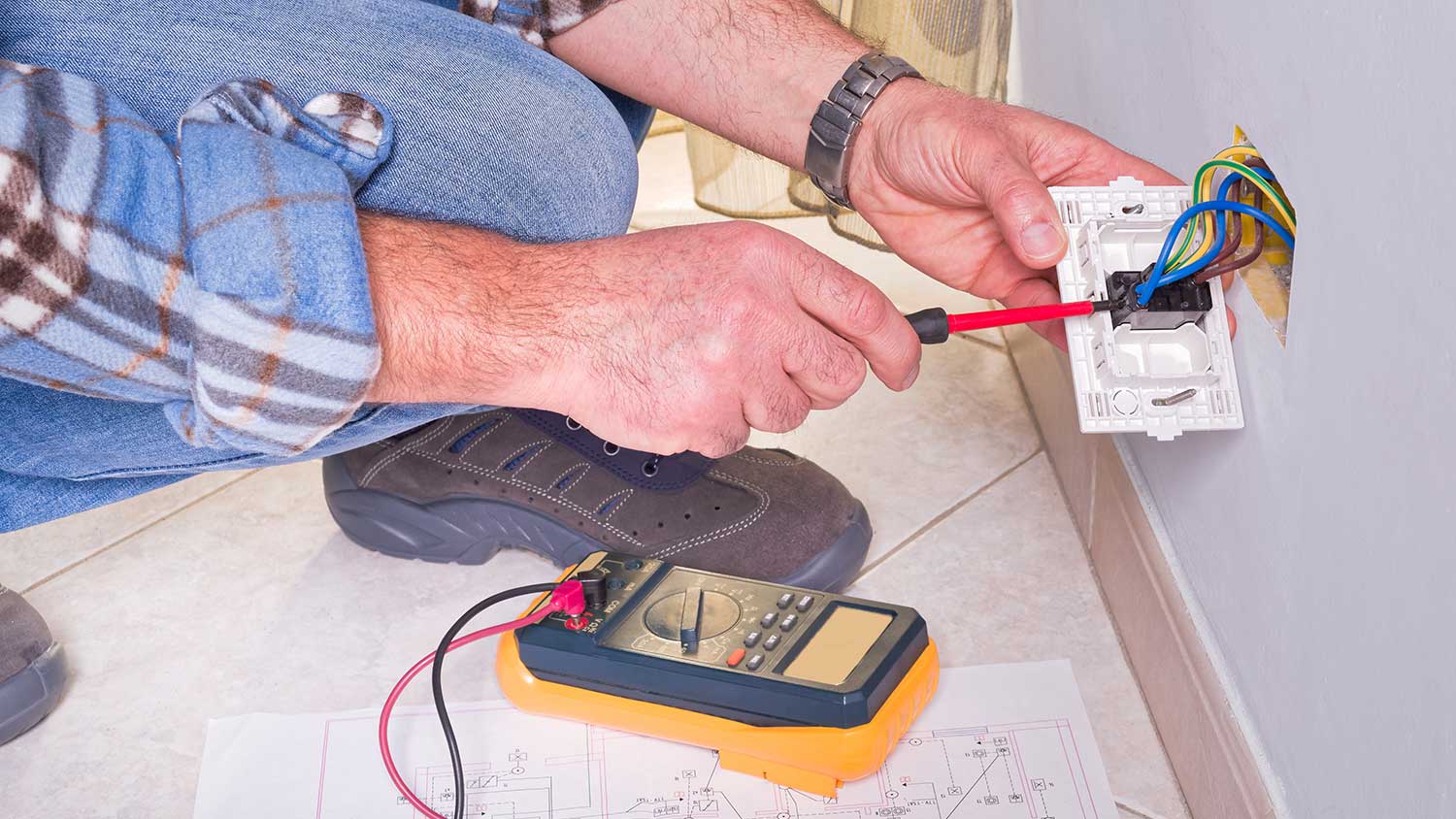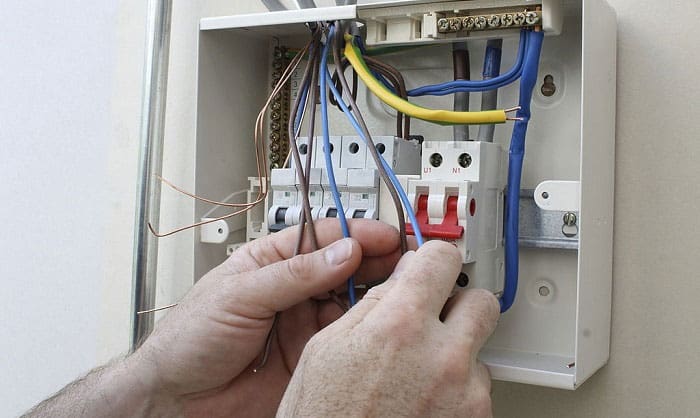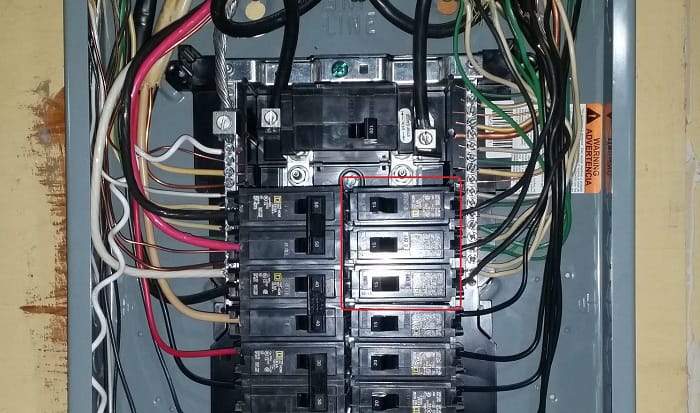Okay, picture this: You're standing in your bathroom, maybe humming a little tune, definitely needing that electric razor to cooperate.
Suddenly, *click* – darkness. The dreaded tripped GFCI breaker.
The Usual Suspects
First, you try the reset button. Classic move. Sometimes, it's all you need.
But what if it keeps tripping? Now, a tiny electrical gremlin might be involved.
Time to grab the trusty multimeter. Think of it as a detective's magnifying glass, but for electricity.
Gather Your Gear
You’ll need your multimeter, safety glasses (always a good look), and maybe a sense of adventure.
Don't forget your bravery badge!
The Voltage Tango
First, flip the breaker to the "off" position. Safety first, always!
Now, set your multimeter to measure AC voltage – usually indicated by a "V~".
Carefully touch one probe to the screw on the breaker marked for the neutral wire (usually white) and the other probe to the ground screw (usually green or bare copper).
Turn the breaker back on… just for a moment. A quick peek.
Check if the multimeter shows any voltage. If you see voltage, it means something’s amiss with your neutral wiring.
“Uh oh, looks like we have a problem, Holmes,” you might mutter to yourself.
Turn the breaker back off before proceeding. This isn’t a game of electrical tag.
Resistance is Futile (Or Is It?)
Next, switch the multimeter to measure resistance (Ω). This will help find any shorts to ground.
Disconnect the load wires from the breaker (that’s the stuff powering your outlets).
Now, touch one probe to the load wire and the other to the ground screw. A low resistance reading (close to zero) indicates a short.
Time to trace those wires back to the outlet causing the trouble. The plot thickens!
The Outlet Inquisition
Go to the outlet served by that GFCI breaker. Remember, turn off the power at the breaker first!
Remove the outlet from the box. You’re channeling your inner electrician at this point.
Look for any loose wires or signs of damage. Sometimes, a stray strand of wire can be the culprit.
If you see anything obvious, fix it. If not, time for the next clue.
With the outlet still disconnected from the wires, use the resistance setting on the multimeter to check for shorts between the hot (black) or neutral (white) wires and the ground wire.
A low resistance reading means… you guessed it, a short circuit in the outlet itself. Replace the outlet.
Victory Lap (Hopefully)
After fixing or replacing the problem outlet, reconnect all the wires to the GFCI breaker and the outlet.
Turn the breaker back on. Press that reset button.
If everything holds, you’ve won! You’ve successfully tested and troubleshot your GFCI breaker with a multimeter.
Celebrate with a well-deserved pat on the back. You’re now an honorary electrical detective. Just try not to let it go to your head at the next party!




